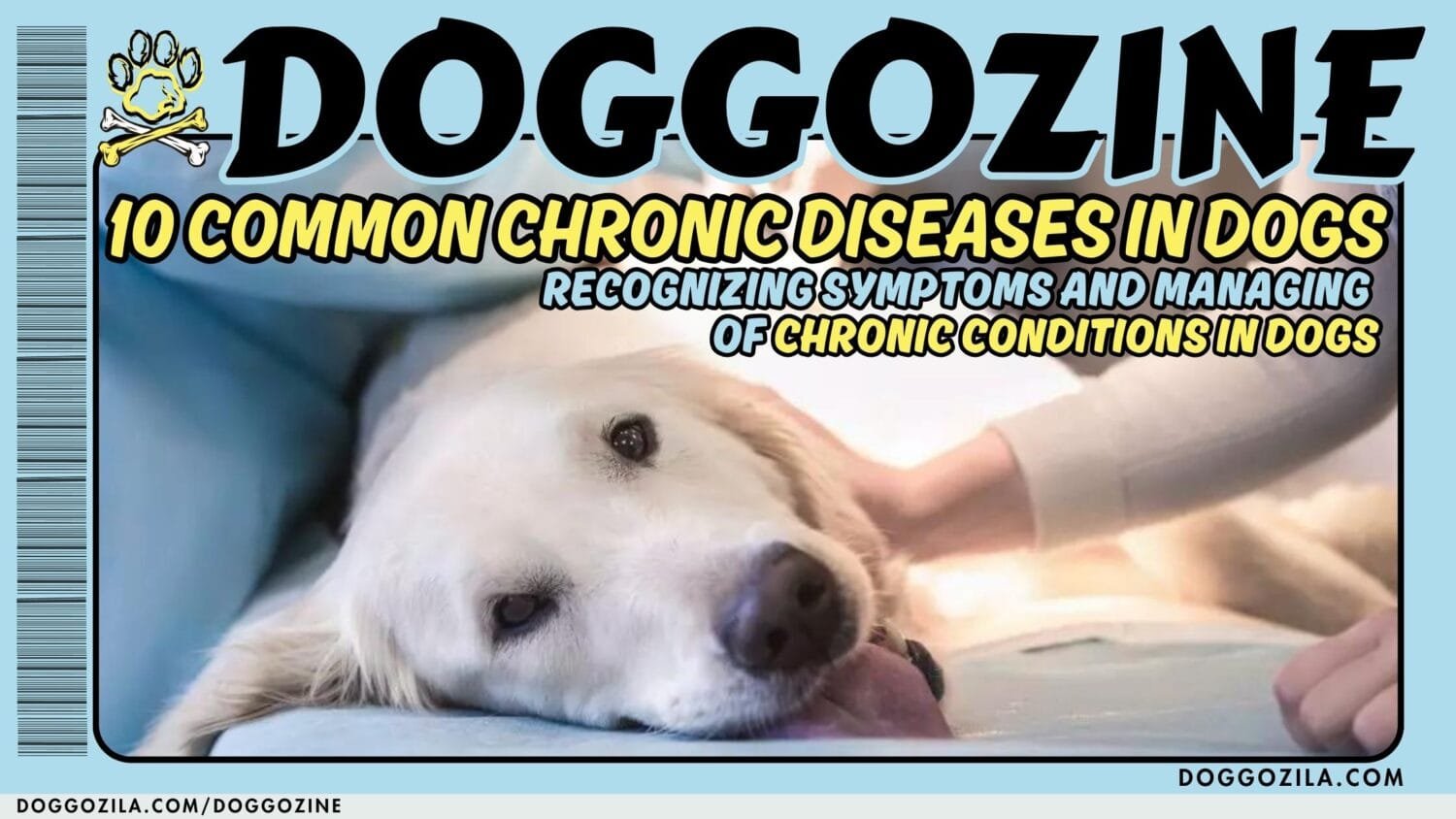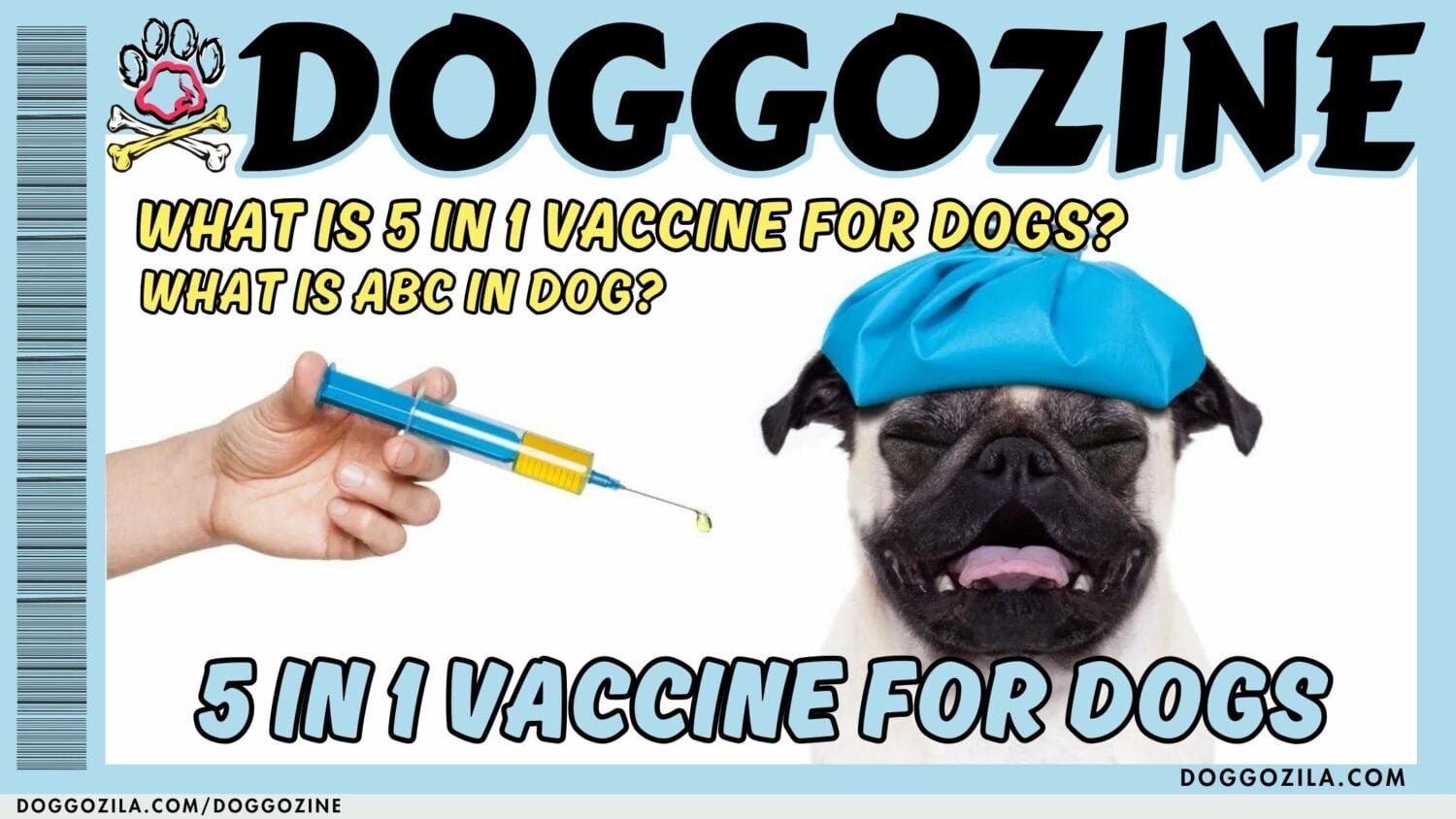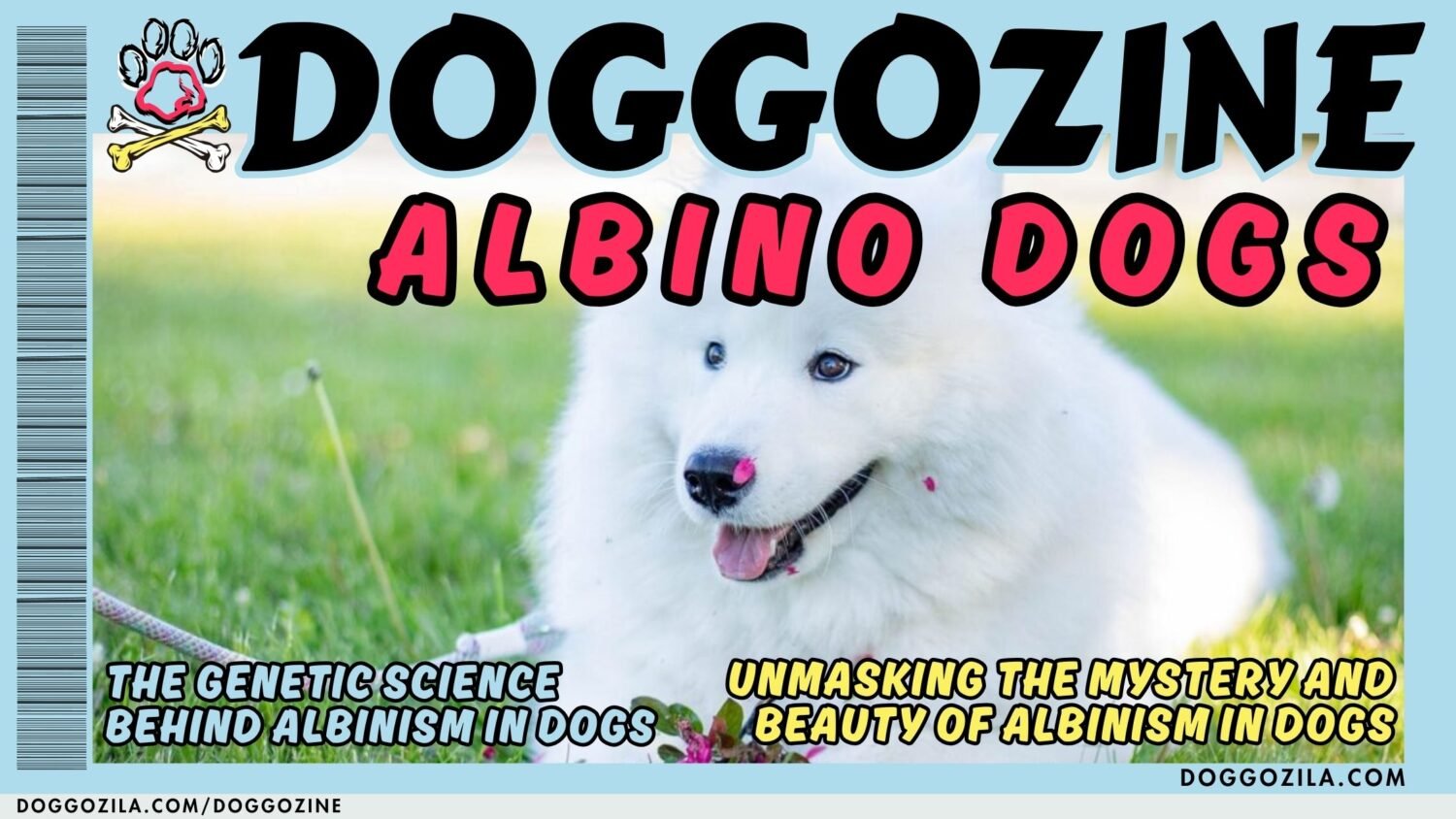When it comes to our furry friends, their health and well-being are always a top priority. One question that often arises among dog owners is whether anesthesia is safe for dogs! Especially during routine procedures like dental cleanings. This guide will dive deep into the topic, exploring the safety of anesthesia for dogs. It will show you all of the risks and benefits.
We created this article to show you how to ensure that your dog have the best possible experience. This is the knowledge you need to make informed decisions about your dog’s health.
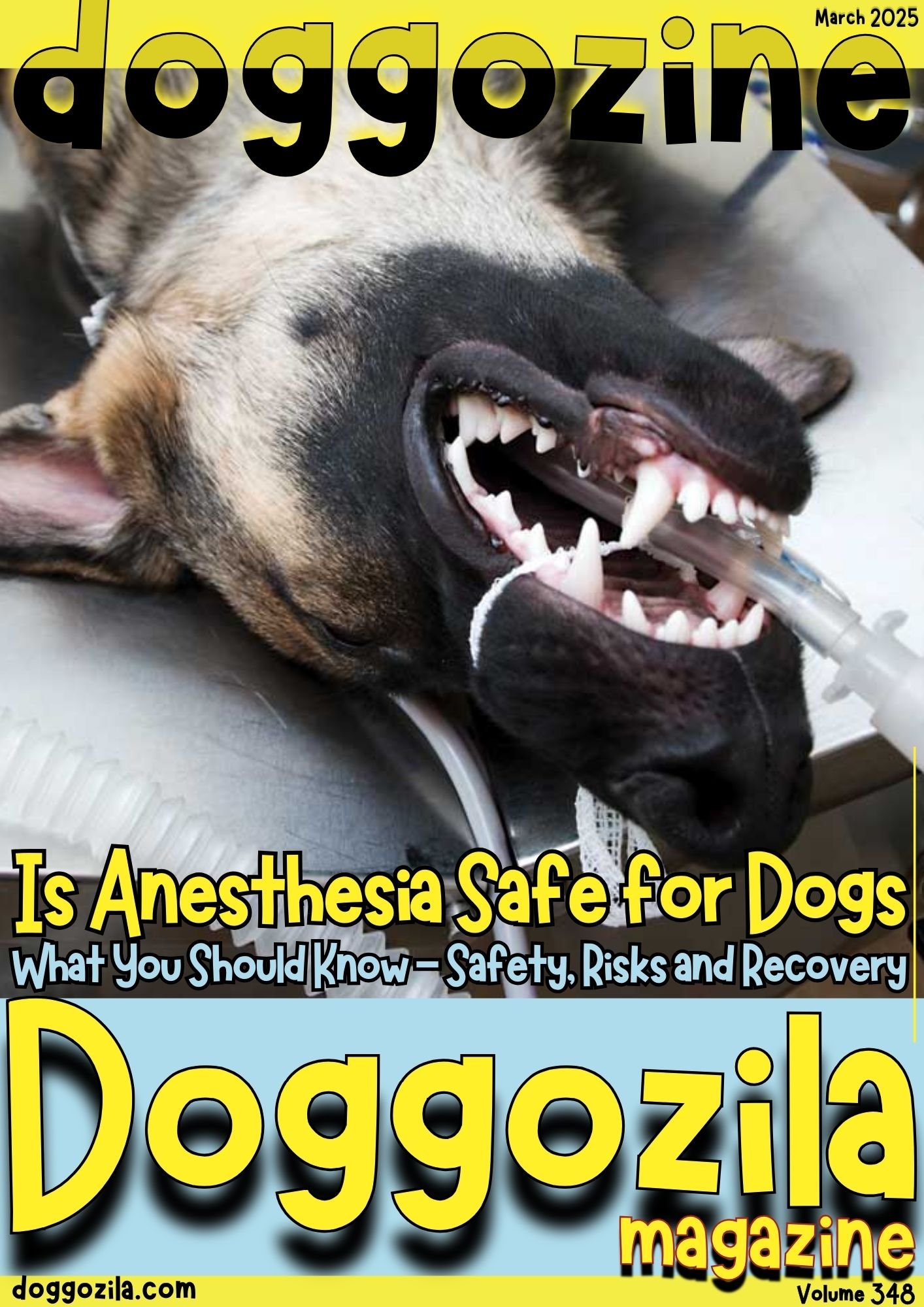
ANESTHESIA IN VETERINARY MEDICINE
Anesthesia in veterinary medicine is a critical aspect of ensuring that surgical and diagnostic procedures can be performed safely and effectively on dogs. It involves the administration of medications that produce pain relief, sedation, and unconsciousness. All this is done to minimize the discomfort and anxiety for the animal.
Understanding The Anesthesia Process
Anesthesia involves the use of medications to induce a temporary state of unconsciousness, allowing veterinarians to perform procedures without causing pain or distress. For dental cleanings, dogs are typically placed under general anesthesia, which means they are completely unconscious and unable to feel anything.
Modern veterinary practices use advanced anesthesia protocols tailored to each dog’s age, breed, weight, and health status. Pre-anesthetic blood work is often conducted to ensure your dog is healthy enough for the procedure.
Pre-Anesthetic Assessment
Before any procedure involving anesthesia, your veterinarian will conduct a thorough pre-anesthetic assessment.
This typically includes:
- Physical Examination: Checking your dog’s overall health, including heart and lung function.
- Blood Tests: Evaluating liver and kidney function, as these organs metabolize anesthesia drugs.
- Medical History Review: Identifying any pre-existing conditions that might affect anesthesia safety.
This step is crucial for tailoring the anesthesia protocol to your dog’s specific needs.
Types of Anesthesia Used in Veterinary Practice
There are several types of anesthesia used in veterinary medicine, including:
- General Anesthesia: Induces complete unconsciousness, used for surgeries and dental cleanings.
- Local Anesthesia: Numbs a specific area, often used for minor procedures.
- Sedation: Relaxes the dog without inducing full unconsciousness, used for less invasive procedures.
Your vet will choose the most appropriate type based on the procedure and your dog’s health.
General Anesthesia
General anesthesia is the most commonly employed method for major surgeries such as spaying or neutering, orthopedic procedures, and exploratory surgeries.
This type involves a complete loss of sensation and consciousness, allowing veterinarians to perform intricate interventions without causing pain or distress to the animal.
The anesthetic agents used can be administered via injection or inhalation, and they work by affecting the central nervous system to produce a state of controlled unconsciousness.
Local Anesthesia
On the other hand, local anesthesia is utilized for less invasive procedures, such as dental cleanings or minor skin surgeries. In this case, anesthetic agents are injected directly into the area of treatment, numbing that specific site while the patient remains fully awake and aware.
Local anesthesia helps minimize pain and discomfort for the dog during the procedure, making it an effective alternative when general anesthesia may not be necessary.
Understanding these anesthesia types is crucial for pet owners. When discussing potential procedures with a veterinarian, it is important to inquire about the specific anesthetic methods that will be used, their associated risks, and the monitoring protocols in place during the procedure. This knowledge provides a greater sense of security and helps ensure that the dog’s welfare is prioritized throughout the surgical process.
🔑 Key Points: The short answer is yes, anesthesia is generally safe for dogs when administered by a qualified veterinarian. However, like any medical procedure, it does come with risks. The key to minimizing these risks lies in proper preparation, monitoring, and aftercare.

COMMON SAFE PROCEDURES THAT REQUIRE ANESTHESIA FOR DOGS
Anesthesia is a crucial component of veterinary medicine, enabling a range of essential procedures for the health and well-being of dogs. Routine and surgical interventions often necessitate the use of anesthesia to ensure that pets are comfortable, pain-free, and immobile during the procedure. Some common procedures that require anesthesia include dental cleanings, spaying and neutering, and various orthopedic surgeries.
Why Dental Care Matters for Dogs
Just like humans, dogs need regular dental care to maintain their overall health. Poor oral hygiene can lead to plaque buildup, gum disease, and even systemic issues like heart and kidney problems. While brushing your dog’s teeth at home is a great start, professional dental cleanings are often necessary to remove tartar and address underlying issues.
However, safe and professional dental cleanings for dogs almost always require anesthesia. This is because dogs won’t sit still with their mouths open for extended periods, and the procedure involves scaling, polishing, and sometimes extractions. Anesthesia ensures the process is safe, pain-free, and stress-free for your dogs.
Safe Dental Cleanings for Dogs Require General Anesthesia
Dental cleanings are important for maintaining a dog’s oral health. Dogs are prone to dental diseases, which can lead to discomfort, infections, and potentially more severe health issues if left untreated.
During a professional dental cleaning, dogs are placed under anesthesia to facilitate a thorough examination and cleaning of their teeth without the risk of movement or discomfort. Anesthesia allows veterinarians to access areas of the mouth that may be difficult to clean while the dog is awake.
Spaying And Safe Neutering for Dogs Require General Anesthesia
Most known surgical procedures performed to control the pet population and mitigate behavioral issues are spaying and neutering. The removal of a female dog’s ovaries and often the uterus, is a common practice known as spaying.
Neutering, on the other hand, removes the testicles of male dogs. Both procedures require general anesthesia to ensure that the animals are not aware of the surgery and to allow for a smooth, pain-free experience during the operation.
For Safe Orthopedic Surgeries in Dogs is Required General Anesthesia
Orthopedic surgeries, which may include procedures to repair fractures in dogs or address joint issues, also often require anesthesia. These surgeries can be complex and require the dog to be completely still during the operation, further emphasizing the necessity for anesthetic administration.
Veterinary professionals utilize various types of anesthesia, tailored to the specific needs of the dog, ensuring both safety and efficacy throughout these critical procedures.
🔑 Key Points: Common procedures that require anesthesia include dental cleanings, spaying and neutering, and various orthopedic surgeries.

THE RISKS ASSOCIATED WITH ANESTHESIA IN DOGS
Anesthesia in dogs, while generally considered safe, is not without its potential risks and complications. Various factors can influence how a dog responds to anesthetic agents, making it crucial for pet owners to have a thorough understanding of these variables.
Factors That Pose Risks for Dogs When Undergoing Anesthesia
One significant factor is breed predisposition; certain dog breeds may react differently to anesthesia due to their genetic makeup. For instance, brachycephalic dog breeds such as Bulldogs and Pugs are known to have higher risks during anesthesia due to their unique airway structures.
Age is another critical factor; older dogs often have underlying health issues that can complicate anesthesia. Age-related changes in organ function mean that renal and hepatic clearance of anesthetic drugs can be diminished, increasing the likelihood of complications.
Additionally, very young puppies may not have fully developed organ systems, which could also pose risks when undergoing anesthesia. It is essential for dog owners to consider their pet’s age and breed when discussing anesthesia with their veterinarian.
Health Conditions in Dogs Play a Significant Role in Anesthetic Safety
Underlying health conditions, whether diagnosed or undetected, play a significant role in anesthetic safety. Conditions such as heart disease, diabetes, or respiratory issues can heighten the risk of adverse reactions during and after anesthesia. For this reason, pre-anesthetic screenings are paramount.
These screenings may include blood tests, physical examinations, and other diagnostic procedures to evaluate the overall health status of the dog. Such assessments allow veterinarians to detect potential risks and tailor an anesthetic protocol that minimizes complications, thus enhancing the safety of the anesthetic process.
By understanding the risks associated with anesthesia in dogs, owners can engage more effectively in conversations with their veterinary professionals. This knowledge empowers pet owners to make informed decisions regarding their dog’s health and anesthesia-related procedures.
🔑 Key Points: One significant factor associated with risks with anesthesia is breed predisposition. Age is another critical factor. Also very young puppies may not have fully developed organ systems, which could also pose risks when undergoing anesthesia.

ASSESSING YOUR DOGS HEALTH TO BE SAFE FOR ANESTHESIA
Prior to administering anesthesia to your dog, a comprehensive health assessment is critical to ensure safety throughout the procedure. The process typically begins with a thorough physical examination conducted by your veterinarian. This examination allows the veterinarian to evaluate the dog’s overall physical condition, identifying any underlying health issues that may complicate anesthesia administration.
Pre-Anesthetic Evaluations
In addition to a physical examination, pre-anesthetic evaluations often involve blood tests. These tests are essential for measuring various health indicators, such as organ function, hydration levels, and the presence of any infections.
Common blood tests include a complete blood count (CBC) and a biochemistry panel, which can provide vital information about your dog’s metabolic status. The results guide the veterinarian in tailoring the anesthetic protocol to the individual needs of your pet.
A detailed health history review is another crucial component of this assessment. Dog owners should inform the veterinarian about any previous medical conditions, ongoing treatments, or medications their pet is taking.
What Can Affect the Recovery Process
This information is vital as certain medications or conditions can impact how anesthesia is administered or affect the recovery process. Moreover, knowing the breed and age of the dog can also contribute to the assessment, as certain breeds and older dogs may be predisposed to specific anesthetic complications.
By conducting these thorough evaluations, the veterinarian can identify any potential risks associated with anesthesia and take appropriate measures to minimize them.
Overall, this proactive approach ensures that your dog is a suitable candidate for anesthesia, thereby enhancing safety and efficacy during medical procedures. A careful assessment not only fosters peace of mind for the owner but also lays the groundwork for a successful outcome.
🔑 Key Points: Prior to administering anesthesia to your dog, a comprehensive health assessment is critical to ensure safety throughout the procedure. This examination allows the veterinarian to evaluate the dog’s overall physical condition, identifying any underlying health issues that may complicate anesthesia administration.

SAFE ANESTHESIA PRACTICES FOR DOGS
When it comes to administering anesthesia to dogs it is important to follow key steps. The veterinary teams employ a variety of practices and protocols that prioritize the safety and well-being of the animal.
Key Aspects of Safe Anesthesia for Dogs
One of the key aspects of safe anesthesia is pre-anesthetic evaluation. This involves a comprehensive assessment of the dog’s health. That may include blood tests, physical examinations, and detailed discussions about the dog’s medical history. These steps help veterinarians identify any potential risks and tailor the anesthesia plan accordingly.
During the procedure, monitoring plays a crucial role in ensuring the dog’s safety. Veterinary anesthetists use advanced monitoring equipment to keep track of vital signs of the pets. They closely monitor the heart rate, respiratory rate, and oxygen saturation throughout the anesthesia process.
Minimizing The Risk of Adverse Reactions
The real-time data allows the team to make necessary adjustments immediately, thus mitigating any potential complications. Moreover, modern anesthetic drugs have evolved significantly, providing safer alternatives that minimize the risk of adverse reactions.
These drugs often have shorter recovery times and fewer side effects, which contributes to the overall well-being of the dog. Advancements in veterinary technology have also significantly enhanced the safety protocols surrounding anesthesia.
For instance, the use of sophisticated imaging techniques helps veterinarians visualize internal structures before surgery. That can lead to more precise and safer procedures.
Residual Effects of The Anesthesia
The recent developments in infusion pumps and monitoring devices allow for a more controlled delivery of anesthetic agents. This way they ensure that dosages remain within safe limits. Post-anesthesia care is equally important and typically includes continued monitoring in a controlled environment until the dog has fully recovered.
This ensures that any residual effects of the anesthesia are managed appropriately, providing additional reassurance to dog owners. By adhering to these meticulous practices, veterinary teams strive to create a safe environment for dogs undergoing anesthesia. They can try to foster confidence among pet owners regarding their furry companions’ welfare.
🔑 Key Points: One of the key aspects of safe anesthesia is pre-anesthetic evaluation. The use of sophisticated imaging techniques helps veterinarians visualize internal structures before surgery, leading to more precise and safer procedures.

POST-ANESTHESIA CARE: WHAT TO EXPECT
After a dog has undergone anesthesia, it is essential for pet owners to be well-informed about the recovery process. The initial phase occurs as the dog regains consciousness. This can vary in duration depending on the type of anesthesia used and the individual dog’s health. During this time, your dog may appear disoriented or lethargic. It is vital to provide a quiet, comfortable space where they can rest undisturbed.
Indicators And Signs of Pain or Distress After the Procedure
In the hours following the procedure, closely monitor your dog for signs of pain or distress. Indicators such as whining, excessive panting, or inability to settle may suggest discomfort that needs addressing. After surgery, your veterinarian will likely provide pain management medication, which should be administered as prescribed.
Keep an eye on the surgical site as well, watching for swelling, bleeding, or discharge! These could signify complications that may require veterinary intervention. Hydration is crucial during the recovery period. Dogs may be nauseated and reluctant to drink water right away, so offering small amounts frequently is advisable.
Watch Your Dog Closely for Symptoms
If your dog does not drink or eat within 24 hours after surgery, or if they vomit repeatedly, consulting your veterinarian is prudent. Additionally, physical activity should be restricted for a few days, permitting only short, leashed walks to facilitate healing.
As part of post-anesthesia care, watch your dog for symptoms such as difficulty breathing, sudden weakness, or persistent vomiting. If any of these arise, or if your dog seems unusually unresponsive, contact your veterinarian immediately.
🔑 Key Points: By being proactive in observing your dog and managing their care after anesthesia, you can help ensure a smoother recovery process, allowing them to return to their normal activities safely and comfortably.

CASE STUDIES ABOUT SAFE USE OF ANESTHESIA IN DOGS
Case Study 01: Max’s Anesthesia Experience
Max, a 10-year-old Dachshund, required anesthesia for a tooth extraction. His owner, John, appreciated the thorough pre-anesthetic assessment and was pleased with Max’s smooth recovery.
Case Study 02: Dog Owners Share Their Experiences
Bella, a 5-year-old Golden Retriever, underwent her first dental cleaning under anesthesia. Her owner, Sarah, was initially nervous but felt reassured after discussing the process with her vet. Bella recovered quickly and now enjoys better oral health.

FREQUENTLY ASKED QUESTIONS ABOUT SAFE ANESTHESIA CARE FOR DOGS
How Long Does Anesthesia Last?
The duration of anesthesia depends on the procedure. For dental cleanings, it typically lasts 30-60 minutes.
Will My Dog Feel Pain During the Procedure?
No, anesthesia ensures your dog is completely unconscious and pain-free.
What Should I Do If My Dog Has a Bad Reaction to Anesthesia?
While rare, bad reactions can occur. Contact your vet immediately if you notice any unusual symptoms, such as difficulty breathing or prolonged lethargy.
Always Ask Questions when it comes the safety and the well-being of your dogs or pets in general!
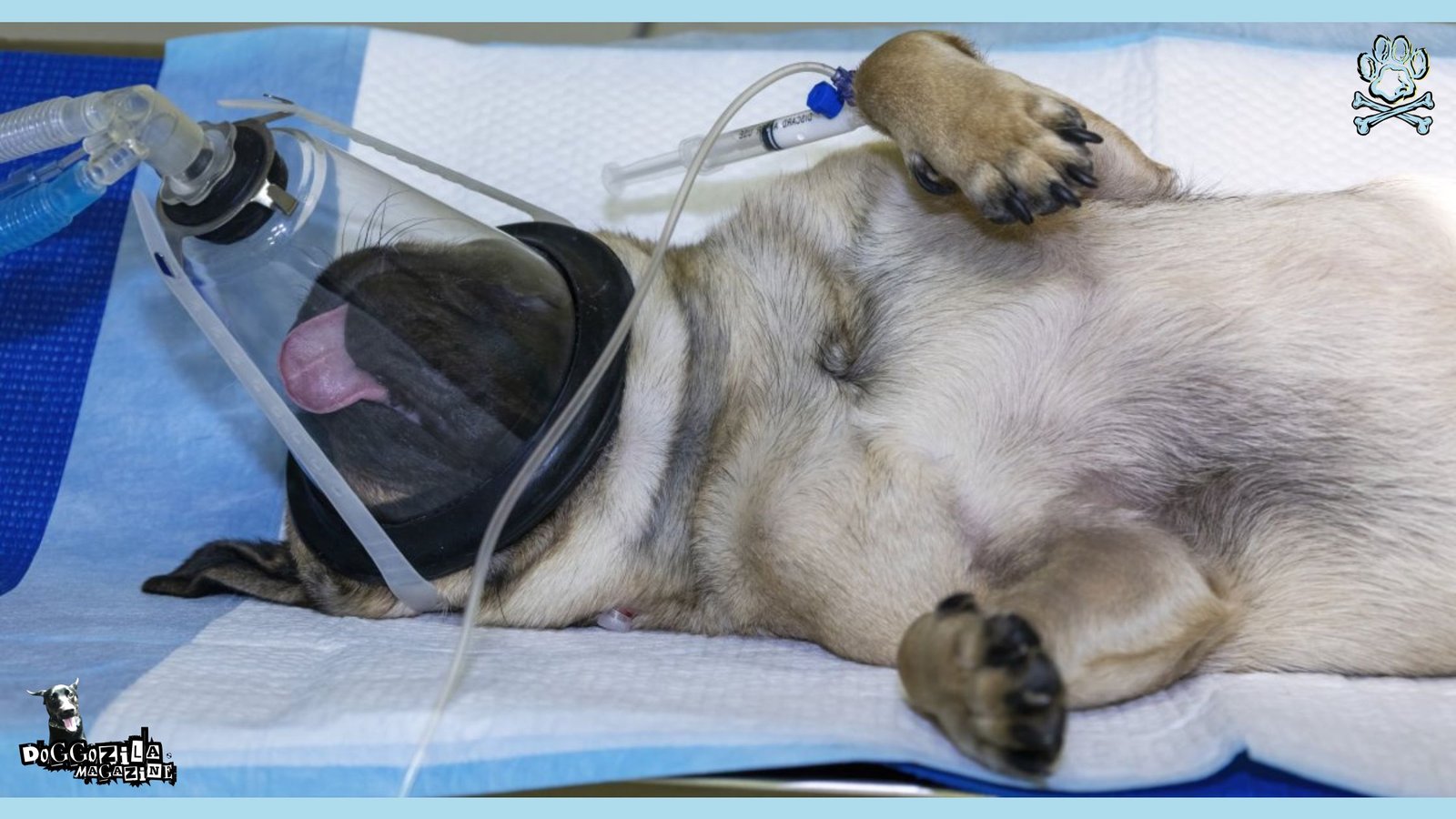
WHAT ELSE TO CONSULT WITH YOUR VETERINARIAN
When considering anesthesia for your dog, it is imperative to engage in a thorough discussion with your veterinarian. The safety and well-being of your pet are paramount! Asking the right questions can provide you with the necessary insights to make informed decisions.
To Be Safe Always Inform Yourself Before Your Dogs Receive Anesthesia
Start by inquiring about the anesthesia protocol your veterinarian intends to use. Understanding whether your dog will receive general anesthesia, regional anesthesia, or sedation can help you grasp the level of risk involved and the benefits associated with each type.
Additionally, it is crucial to ask about the monitoring techniques that will be utilized during the procedure. Inquire if your veterinarian will be employing advanced monitoring equipment such as ECG, blood pressure monitors, and oxygen saturation monitors. These tools are essential for ensuring your dog’s vital signs are stable throughout the anesthesia process, which ultimately enhances safety.
Discuss The Risks Associated with Anesthesia In Relation To Your Dogs
Don’t hesitate to discuss the specific risks associated with anesthesia in relation to your dog’s breed, age, and health history. Some breeds may have genetic predispositions to anesthesia complications, making it important to tailor precautions accordingly.
Ask your veterinarian about pre-anesthetic tests, such as blood work or imaging, that might be recommended to assess your dog’s health prior to the procedure. Understanding the recovery process after anesthesia is equally important. Inquire about what to expect post-procedure, including pain management strategies and signs of complications.
Knowing how to interpret your dog’s behavior during the recovery phase can help in recognizing any issues early on. Ultimately, a candid conversation with your veterinarian will empower you with the knowledge needed to ensure the safest and most effective anesthesia experience for your beloved pet.
Final Thoughts About Safe Anesthesia Care for Your Dogs
Anesthesia is a safe and effective tool for ensuring your dog’s dental health, provided it’s administered by a qualified professional and supported by proper pre- and post-procedure care. While the idea of anesthesia can be daunting, the benefits far outweigh the risks, especially when it comes to preventing serious health issues down the line.
By understanding the process, risks, and benefits, you can make informed decisions about your dog’s health. Remember, a healthy mouth contributes to a happy, thriving dog. It’s important to stay informed and work closely with your veterinarian, to ensure your dog receives the best possible care.
After all, a healthy dog is a happy dog!

